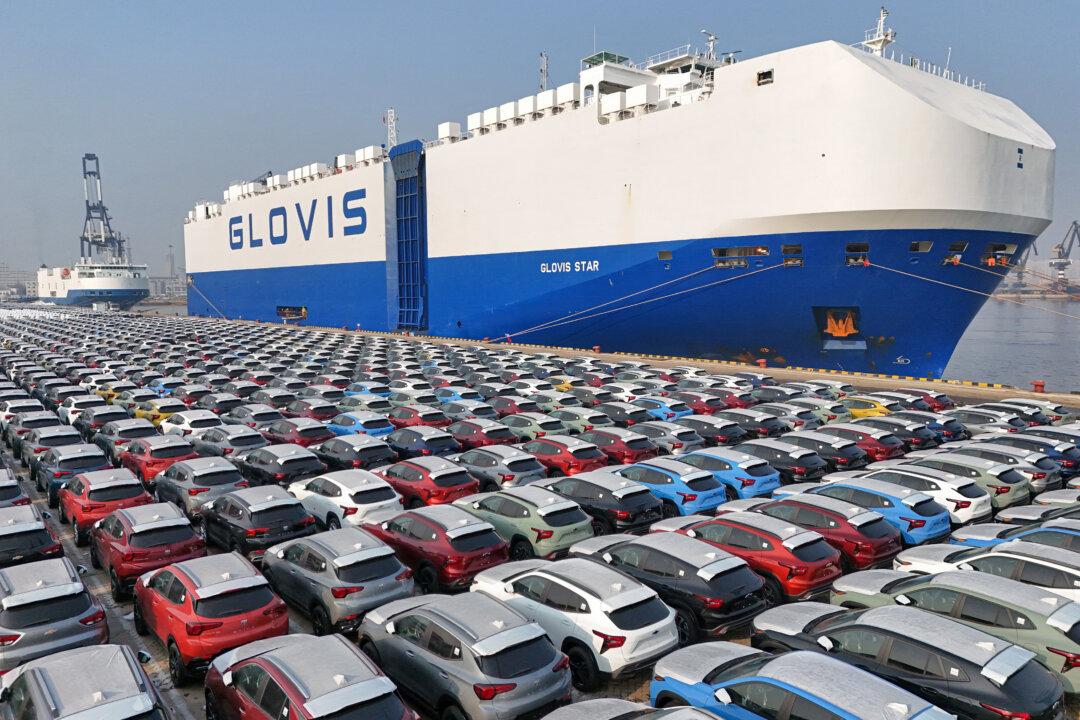Commentary
Another red flag signals trouble in China’s economy. Lending and borrowing continue to decline. The pattern points to the country’s deep economic and financial ills. It is one more signal of Beijing’s challenges and failures.

Another red flag signals trouble in China’s economy. Lending and borrowing continue to decline. The pattern points to the country’s deep economic and financial ills. It is one more signal of Beijing’s challenges and failures.